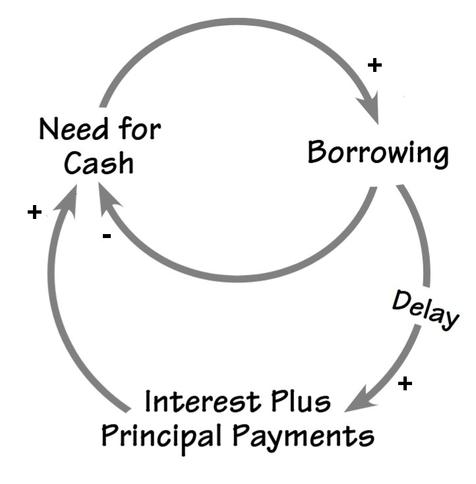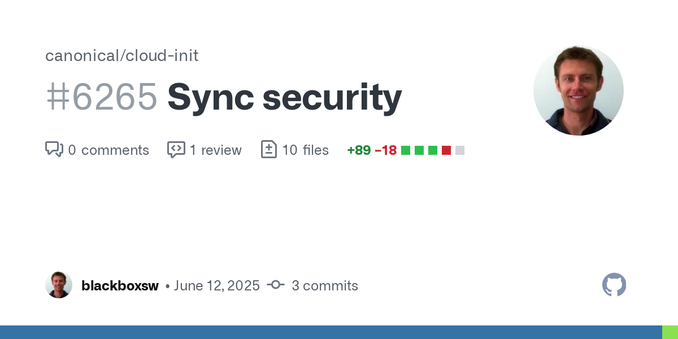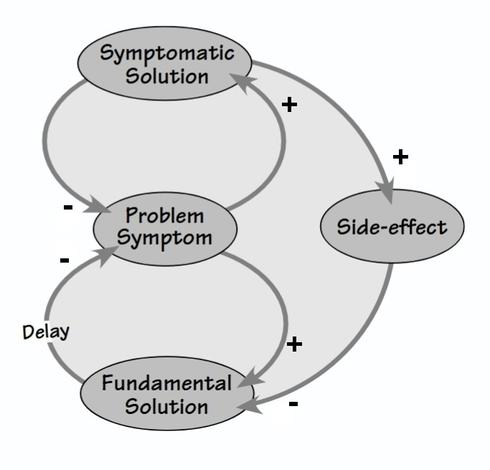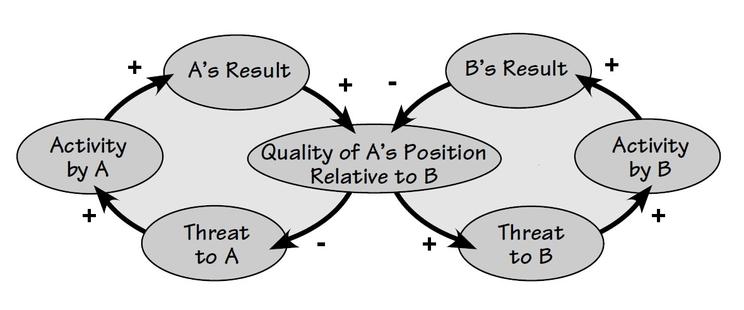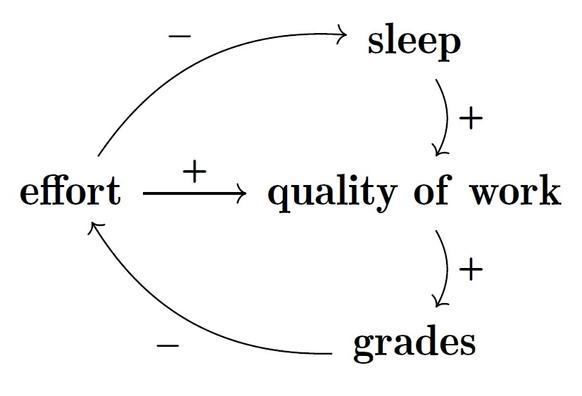Теодор Златанов / Ted Zlatanov
@tzz@infosec.exchange
- 72 Followers
- 196 Following
- 948 Posts
No es entonces simplemente un mercado?
Mr. Bezos, remember that you have a 30-day window for returns and exchanges.
Website/device age verification is a privacy and security nightmare and everyone who tells you that this is a solved problem is lying to you.
New identity databases are being funded today, with godawful security for the collections of Id photographs and deepfakes images they’ll contain.
I bet it’s no more than a month before someone finds the first open s3 bucket. https://mastodon.social/@arstechnica/114756735522393561
The stories about 10x engineers never include:
• Adding meaningful test coverage
• Updating outdated README sections
• Mentoring junior engineers
• Listening to burned-out coworkers
• Improving on-call runbooks
No glory in these things, but those that do them are the ones you desperately want to keep.
They plant trees they don't expect to sit under.
Making TRAMP go Brrrr….
I recently changed jobs and found myself in a position where I would need to do a lot of work on remote machines. Since I am Emacs user, the most common way to do this is using TRAMP (Transparent Remote access, Multiple Protcol). TRAMP is an Emacs package that let’s you treat a remote host like a local system, similar to VSCode Remote Development Extension. I had used TRAMP before and it tended to be slow.
The more cash you need, the more you want to borrow. In the short term this reduces your need for cash, but after a while it increases it. A vicious cycle.
The same pattern shows up all over the place, where a short-term fix makes the problem worse in the long run. This pattern is an example of a 'system archetype', and we can draw it as a diagram. Different instances of this archetype will give diagrams with different words - but the archetype is the pattern of edges with plus signs, minus signs and delays.
I've been working on the math of this stuff. I'm fascinated by how a general problem that haunts my life - I like to put off solving problems, and wind up making them worse - can be summarized as a simple diagram.
(1/n)
It would be appallingly petty of me to suggest that if you didn't want the megacorps breathing down your neck 24/7 demanding your free labour, maybe you shouldn't have slapped the MIT Free Labour Licence on your software when you could have just as well gone for something the megacorps scurry away from like cockroaches exposed to sunlight such as the "viral" GNU Glorious People's Licence, so of course I wouldn't dream of suggesting it.
https://social.wildeboer.net/users/jwildeboer/statuses/114726269598973831Insecure defaults can lead to surprises. When creating FIFO sockets with systemd, be sure to note that SocketMode defaults to 0666 - that is world readable and writable. That is: any local user can communicate with the FIFO. If your FIFO is used to perform privileged operations you must ensure that either the FIFO file itself is located in secured location or set SocketMode to stricter value.
I spotted one such insecure use in cloud-init: the hotplug FIFO was world writable. This is CVE-2024-11584 and fixed in cloud-init 25.1.3.
The commit fixing this is in https://github.com/canonical/cloud-init/pull/6265
@Fledglingnerd I can’t see the @pluralistic post you’re replying to but.. if we’re piling on libertarians.. has anyone mentioned the bears?
https://newrepublic.com/article/159662/libertarian-walks-into-bear-book-review-free-town-project




